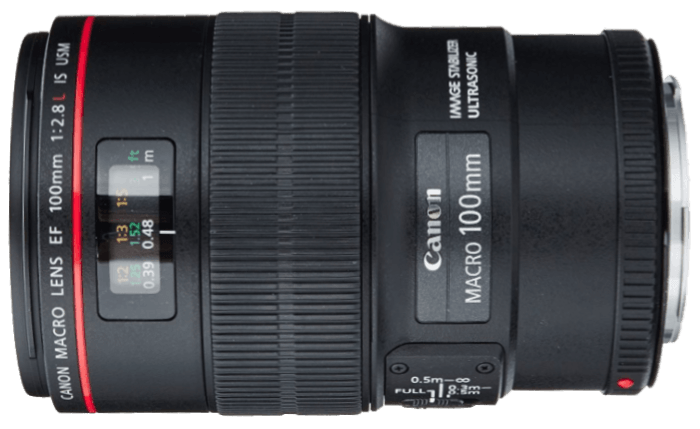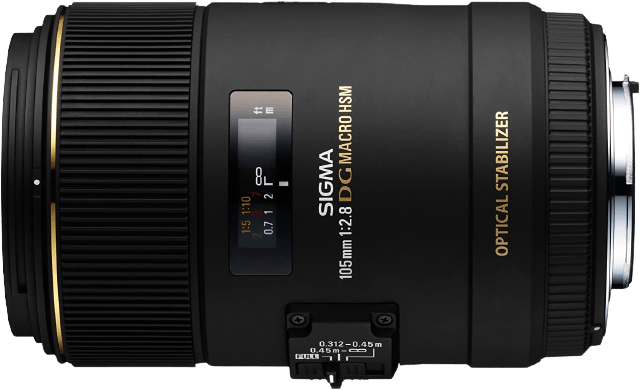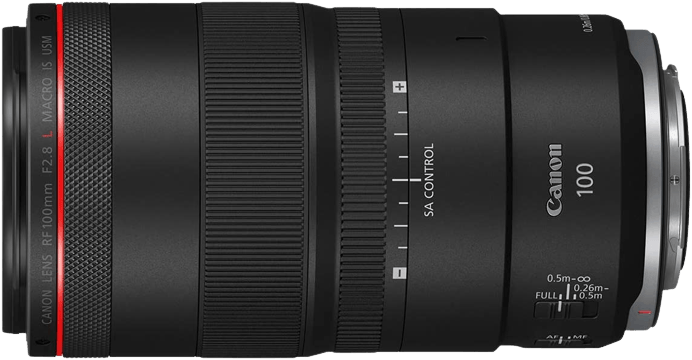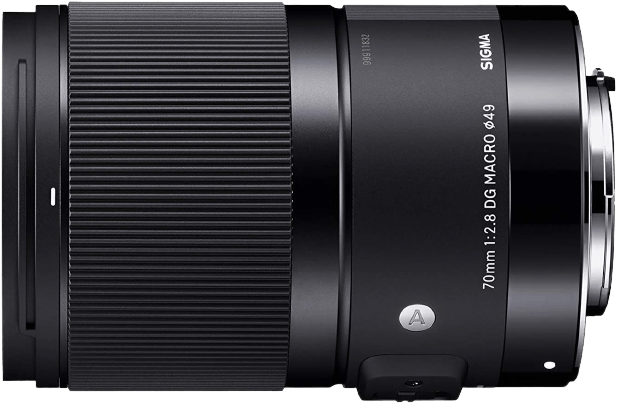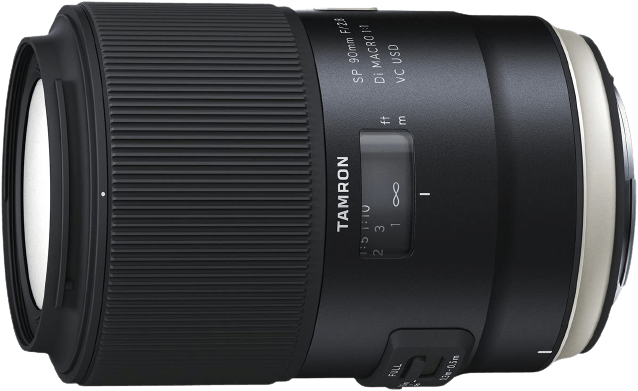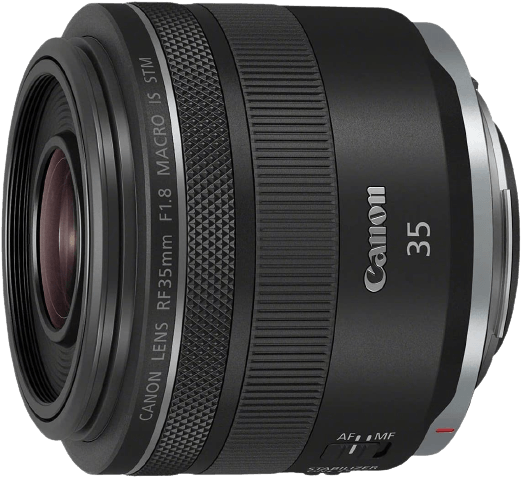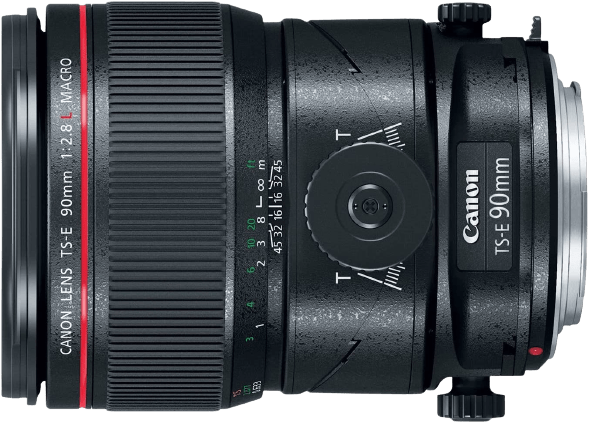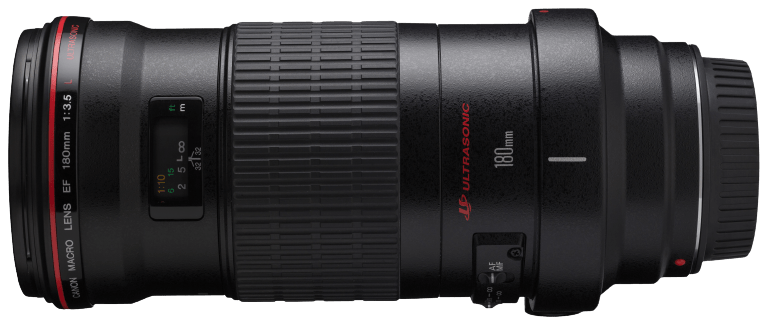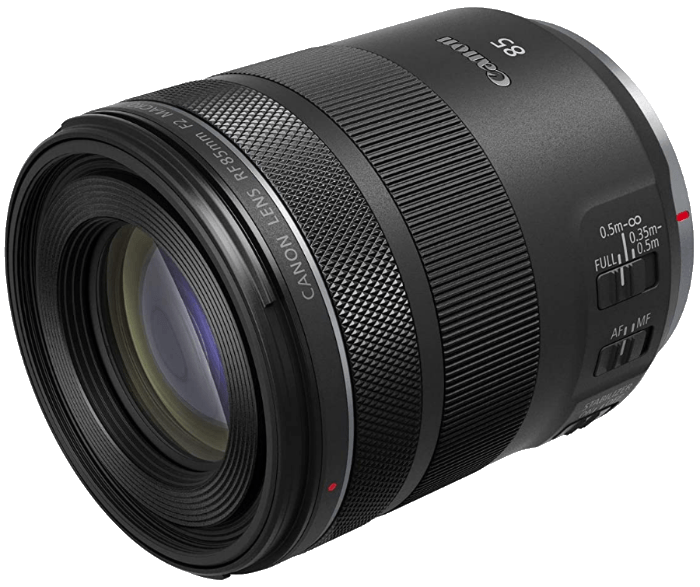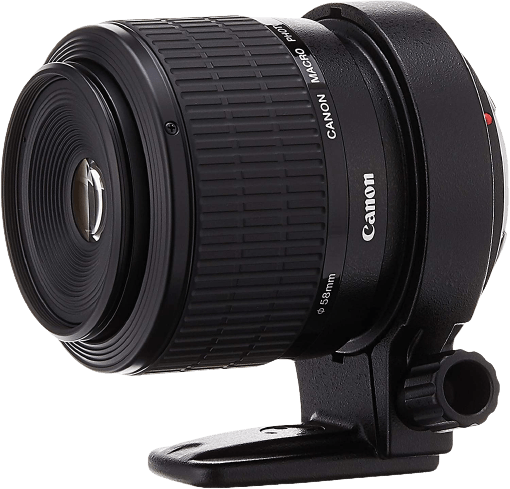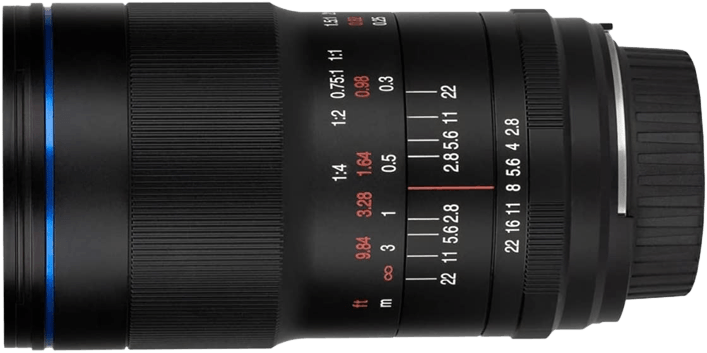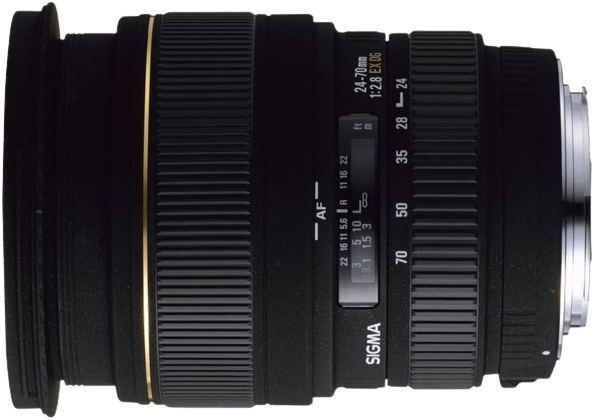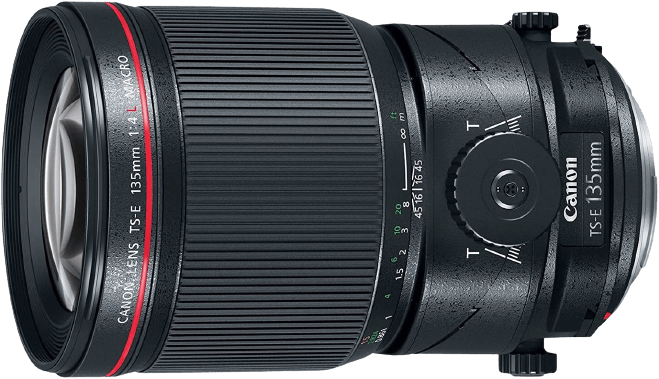[Note: ExpertPhotography is supported by readers. Product links on ExpertPhotography are referral links. If you use one of these and buy something, we make a little bit of money. Need more info? See how it all works here.]
What’s the Best Macro Lens for Canon?
There are fantastic Canon lenses for every lens mount system and budget. So here’s a quick roundup of the best Canon macro lenses. Use our information to find out what lenses are perfect for you and your camera! Check out our Canon lens abbreviation guide beforehand if needed. Or jump to the bottom if you want to know what a macro lens is.
15 Best Canon Macro Lenses
Now let’s take an in-depth look at every option on this list! We look at 15 lenses that span all the macro focal ranges. We include options for the different lens mounts you find on Canon cameras. Ensure you’re looking at the right lens mount for your Canon camera. And we have a winner! The Canon EF 100mm f/2.8L Macro IS USM is the best Canon macro lens on our list. It takes all the best lens features of the older, non-stabilized 100mm lens. But it has premium professional features. The hybrid optical stabilization adds up to four stops of exposure. This makes the lens an excellent choice for low-light macro shooting. Image quality is stunningly sharp thanks to 15 lens elements. This includes an ultra-low dispersion element. The lens is a bit expensive. But outside macro photography, it also excels as a product, food, or portrait lens. The Sigma 105mm f/2.8 APO EX DG OS HSM is a powerful macro lens. And you can find it for cheap! Sigma defines this lens as a high-performance, large-aperture, medium telephoto macro lens. The optical stabilizer (OS) is a welcome feature in macro lenses. Camera shake is more destructive in macro photography. This is why having an optical stabilizer is such an important feature. But the OS can be a bit noisy. The Sigma 105mm f/2.8 macro lens has many features that ensure high quality. One of these features is a floating inner focus. This minimizes aberrations and also corrects image distortion. Sigma’s SLD (Special Low Dispersion) glass also helps with these same issues. There is also a super multi-layer coating. It reduces flare and ghosting while keeping high contrast. Unfortunately, there is a chance of vignetting. And it’s not weather sealed. The RF 100mm f/2.8L IS STM is the best Canon macro lens based on performance and sharpness. Essentially, it is a souped-up version of the already spectacular 100mm EF lens. It’s expensive. But it’s packed with high-end features. It has 17 lens elements, stabilization that adds up to eight stops of exposure, and a bokeh control ring. The only thing holding it back from topping this list? It’s only compatible with newer Canon R series cameras. The Sigma 70mm f/2.8 macro is a durable yet lightweight Art lens. It’s perfect for walkaround macro photography. It boasts 13 lens elements, 10 groups, and a special lens coating. This increases image quality and reduces ghosting and lens flare. One exciting feature is the extendable lens tube. The minimum focusing distance and the image magnification number are written on it. This helps make your life as a macro photographer easier. But if you use this Sigma macro with an APS-C (crop sensor) camera, you must multiply the magnification number by 1.6x. The autofocus can be a bit slow. And there’s no image stabilization. But the lens is compact and lightweight design. Plus, it’s weather sealed. The newest version of the Tamron SP 90mm f.2.8 Di VC USD hit stores in the fall of 2016. It received important updates. This included the following:
More lens elements Faster autofocus Improved image stabilization A sturdier build quality
The lens has an extendable lens tube with focusing distance and magnification. And you get a lovely bokeh from its aperture elements. It also has a moisture-proof and dust-resistant construction. And the lens coating repels fingerprints and water. It has a compact, lightweight, and weather-sealed design. And while its performance has gone up, its price has gone down. So this lens has no rivals in terms of overall image quality and performance in its price range. The RF 35mm f/1.8 IS STM Canon macro lens has a wide max aperture of f/1.8. So it’s impressive in low-light situations. And it has a great depth of field and creates buttery bokeh effects. Furthermore, the focal length and superior stabilization deliver fantastic-quality video. It’s Canon’s smallest mirrorless camera macro lens. So it’s incredibly compact. And it isn’t a true macro lens. But this lens is one of the best options for beginners who use a Canon full frame mirrorless camera. The lens is not completely silent. And there are occasional lens flares. But it’s an incredibly adaptable Canon macro lens. It specializes in portrait, landscape, travel, and macro photography. The Canon TS-E 90mm f/2.8L tilt-shift is one of the coolest and most unique lenses I’ve ever used. While not a true “macro,” the technology is mind-blowing. It allows you to adjust the lens back and forth physically to alter the image perspective. The advantages are more control over the shallow depth of field and bokeh effects. This specialty lens comes with a hefty price tag. But it’s tons of fun to play with if you can afford it. It also has an optimized lens coating for ghosting and flare reduction. And you can use it in a variety of photography niches. But be aware that there’s no autofocus. Are you interested in shooting live subjects, like insects? If so, the Canon EF 180mm f/3.5L USM is a must-own macro lens. It has a 180mm focal length (288mm on APS-C cameras). So this lets you shoot from a distance and prevents your subjects from getting spooked. Furthermore, it has a durable “L-quality” build. It’s a bit big and heavy. And it’s only for full frame mirrorless cameras. But it’s protected from the elements with a wether-sealed body. So it’s ready for adventure. The telephoto lens does have autofocus capabilities. But it’s slower than newer macro lenses for Canon. And it doesn’t have image stabilization. Even so, it’s the best Canon macro lens to take photos of insects. The Canon RF 85mm f/2.0 IS STM is described as a macro lens. But it only has a 0.5x max magnification. This still provides a closer view of your subject than most lenses. But, it won’t be able to photograph tiny insects with amazing ease. The image stabilization (IS) in this lens is incredible! It allows you to shoot with up to five stops of difference. This makes the difference between shooting freehand or on a tripod. The Hybrid IS compensates for camera shake during macro shooting. I’m also a big fan of the control ring. This separate ring around the lens allows you to change settings such as ISO or aperture! It also has a super-quiet STM AF motor. The lens is another versatile option for mirrorless Canon users. The 85mm focal length works great for close-up portraits. And it can produce amazing pet portraits as well. But it doesn’t show chromatic aberration at f/2. And the plastic body doesn’t have weather sealing. The Canon EF-M 28mm f/3.5 macro IS STM is the only dedicated macro lens designed for Canon APS-C mirrorless cameras. It’s also the world’s first lens with both autofocus and a built-in “Macro Lite” (LED lights). While many may desire a longer focal length, the lens makes up for it with a super, short minimum focus distance. On top of all that, it has a Super Macro mode. In this mode, images are larger than life. There’s a magnification of 1.92x (after accounting for crop factor). It has great AF and image stabilization for camera shake. It’s also incredibly light and compact. The only downside? It has a narrower aperture of f/3.5. So it’s not as great in low light as other Canon macro lenses. The EF 65mm f/2.8 1-5X MP-E Canon macro lens has the strongest magnification on our list! It allows you to magnify objects up to 5x their real-life size! This is serious specialist equipment. It’s for someone who needs the strongest magnification possible. Every inch of this lens is designed for precision and sharpness. The lens features ultra-low dispersion glass elements. This is because chromatic aberration is much stronger at higher magnifications. Plus, the Super Spectra coatings help to ensure accurate color balance and high contrast. The E-TTL II flash system also ensures your flash metering is as accurate as possible. But you can’t shoot past 3x magnification handheld. You’ll need a tripod. And it’s not the easiest lens to use. Overall, it’s a brilliant lens. But it may be too “niche” for the casual photographer. The Laowa 100mm f/2.8 APO is a powerful Canon macro lens you can find for cheap. It is a prime lens specifically designed for macro photography at the highest level. The lens itself doesn’t have autofocus abilities. This is understandable, as you must be extremely particular about your focus. A good focus ring can give you amazing accuracy. Venus Laowa has provided an incredibly smooth focus ring. It makes focusing so much easier. Venus claims it’s the world’s first 2:1 100mm macro lens! This means it’s perfect for insects and other small wildlife. It doesn’t have image stabilization. But overall, it’s a great Canon macro lens if you want a powerful option. Tokina released the ATX-I 100mm f/2.8 prime lens in 2019. It is a new and improved version of the Tokina AT-X Pro 100mm macro lens from 2006. The first glaring difference is an updated design. It makes it more attractive and easier to use. It has nine elements, including two low-dispersion elements and two aspherical glass elements. They help eliminate chromatic aberration and distortion while simultaneously increasing image quality. Unfortunately, there’s no image stabilization or weather sealing. But there’s a one-touch clutch focus ring for switching from manual focus to AF. And it’s compact and lightweight. The Sigma 24-70mm f/2.8 EX DG is the only zoom lens on this list that classifies itself as a macro lens. The two Special Low Dispersion glass elements combat chromatic aberration very well. And it also includes a super multi-layer coating to prevent this as well. It also has a Dual Focus system. Sigma designed this system to make it easy for you to hold the lens when autofocusing. There’s also a large focus ring for easy manual focusing. But the autofocus is a bit slow. And the focus is a bit soft at f/2.8. Another great feature? The front lens element doesn’t rotate when zooming. This makes it a lot easier to use filters, especially polarizing filters. The lens is a bit heavy. But this is a great lens for photographers who want an all-round lens with macro abilities. The TS-E 135mm f/4.0L tilt shift is a specialty Canon macro lens. It has precision molded glass for low distortion. And you can make precise adjustments for macro focus details. It provides photographers with new levels of control over the subjects they photograph. This is thanks to the tilt shift abilities. With these, you can select the exact perspective you want. Two types of photography that benefit tremendously from this Canon macro lens? Flower and insect photography. It’s a tricky lens to get accustomed to. The lens is a bit heavy and bulky. And it is quite expensive. But your macro photos will speak for themselves once you master this lens.
What are Macro Lenses?
Macro lenses are lenses designed for macro shots—very close-up photography. Many people shoot macro photos without dedicated macro lenses. But the results will never be as sharp and breathtaking. So, what makes a lens a macro? To be considered authentic macro lenses, they must have a magnification ratio of at least 1x (1:1). That means the subject you are photographing is, at a minimum, the same size on the camera sensor as it is in real life. If the ratio is greater than 1:1, images will be larger than life, and fine details will be even more visible. Another critical factor to consider with macro lenses? The minimum focusing distance. It’s the closest distance the lens can be to a subject while maintaining focus. The exact distance depends on the lens’s focal length. But the best macro lenses generally have a minimum focusing distance of no more than 30cm. Macro lenses are the go-to lenses for many different types of photographers. This includes, but is not limited to, food, plant, product, and wildlife photographers.
Conclusion
As you can see, there are many excellent macro lenses out there! The Canon EF 100mm f/2.8L IS USM is the overall best macro lens for Canon. But exactly which macro is best for you depends on various factors. Those include your camera, budget, and what you like to shoot. As a macro photographer, I want to spread my love for this unique, underrated style of photography. Ultimately, that’s why I made this list. And it’s important to me to help you find the best macro lens for Canon!
